
Water, the essence of life, is an increasingly precious resource facing unprecedented challenges due to population growth, climate change, and urbanization. As we navigate a world with escalating concerns about water scarcity, the need for innovative solutions becomes paramount. This project delves into a sustainable approach that holds the key to addressing this critical issue: water recycling. By exploring the methods and systems of recycling water, we embark on a journey towards responsible water management, conservation, and a more resilient future. Join us in unraveling the potential of water recycling as we strive to create a world where every drop counts.
Recycling water is an important step towards sustainable water management. Here's a basic guide for a school project on how to recycle water:
Briefly explain the importance of water conservation and the increasing global water scarcity.
Introduce the concept of water recycling as a solution to reduce water wastage.
Define greywater as water that has been used in household activities such as washing dishes, laundry, and bathing.
Explain how greywater can be treated and reused for non-potable purposes like irrigation, flushing toilets, and cleaning.
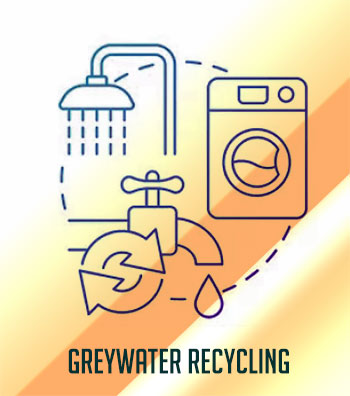
Discuss the collection of rainwater from roofs and surfaces.
Explain the use of storage tanks and filtration systems to make collected rainwater suitable for various purposes.
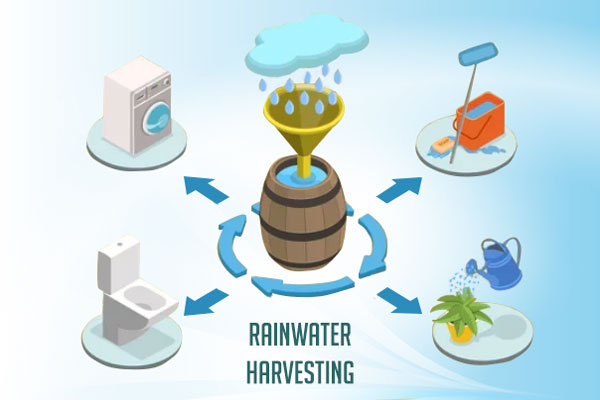
Describe methods to capture and treat stormwater runoff.
Discuss the benefits of using permeable surfaces and green infrastructure to reduce runoff and improve water quality.
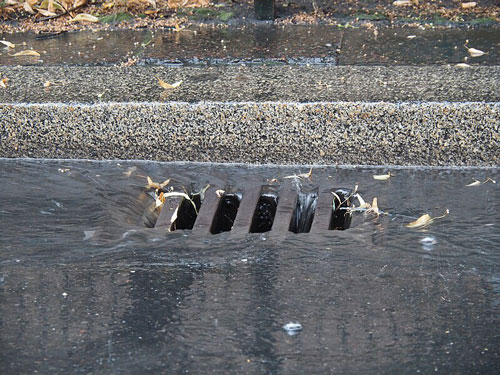
Illustrate a simple system for homes to recycle greywater.
Components may include a greywater collection system, filtration unit, and distribution system for non-potable use.
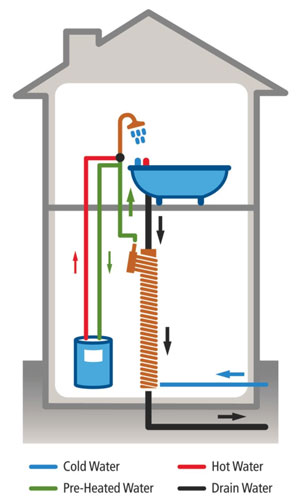
Outline a collective rainwater harvesting system for a community.
Discuss the importance of community involvement and proper maintenance.
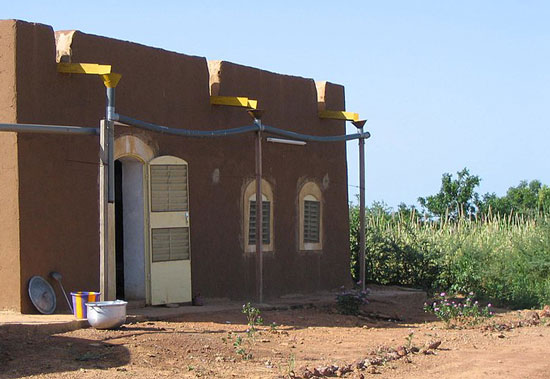
Describe a municipal-scale stormwater management system.
Discuss the use of retention ponds, green roofs, and permeable pavements to reduce stormwater runoff.
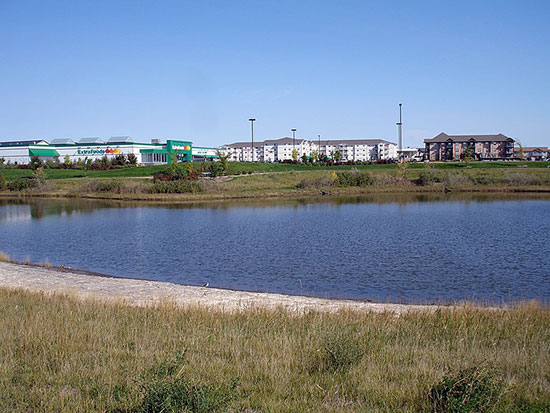
Explain how water recycling reduces the demand for fresh, potable water.
Discuss how recycling water can help protect ecosystems by reducing the pollution of natural water bodies.
Highlight how recycling water often requires less energy compared to treating and distributing fresh water.
Discuss the importance of proper treatment to ensure recycled water meets safety standards.
Address potential concerns and misconceptions about recycled water.
Explain the need for supportive policies and regulations to promote water recycling.
Summarize the key points discussed.
Emphasize the role of water recycling in sustainable water management practices.
Include diagrams or illustrations of water recycling systems.
Use graphs or charts to depict water consumption and savings.
Cite reliable sources that provide information on water recycling, treatment processes, and case studies.
Remember to tailor the content to the specific requirements of your school project and to check with your teacher for any additional guidelines or expectations. Good luck with your project!

Try out the other sections